Radio growing, but remains under the shadow of television: Experts
Growing at a compound annual growth rate of 16.1 per cent, radio is slated to be the fastest-growing among the traditional mediums, according to the FICCI-KPMG Media & Entertainment Industry Report 2017 released earlier this week. However, ground realities, as shared by radio experts at FICCI Frames 2017, don’t paint a very optimistic picture.
With only 25 per cent of the frequencies being sold on offer in the second batch of Phase 3 FM radio auctions, this was far lower than expected even as a number of licenses in smaller centres remained unsold. The session on ‘Storm in a Teacup - Radio Phase 3 Auctions’ turned the spotlight on these auctions, which were expected to significantly expand radio’s reach and market size. However, the results have been lopsided with only major cities seeing success while a number of licenses in smaller centers remained unsold.
The panellists included Tarun Kataria, CEO, Reliance Broadcast Network; Abraham Thomas, CEO, Radio City; Gautam Radia, CEO, Hit FM; Harrish M Bhatia, CEO, My FM; and Prashant Pandey, CEO, Radio Mirchi. RJ, actor and a former VJ Salil Acharya moderated the session.
In his opening remarks, Gautam Radia noted that radio did not have any competition from television or digital and with time, radio will only grow stronger because of its content and tangibility. “We have always heard that radio is going to die, but it will co-exist with other mediums,” he said.
In contrast, Prashant Pandey felt that radio hasn’t become ‘cool’ yet. According to him, since television is backed by a heavy marketing budget, it has high visibility. However, that is not the case with radio. “Every year, the FICCI KPMG report states that domestic radio industry is expected to grow exponentially, but that hasn’t happened yet,” he said.
When asked whether India has adequate infrastructure to support more radio stations, Harrish M Bhatia pointed out that India is going through digitalisation. He further noted that digitalisation had already happened in the West and radio hasn’t died there, in fact, it has only grown stronger. He affirmed, “Radio will always be relevant and its reach will increase; however, the real challenge is not from digital but from the Ministry of Information & Broadcasting. There are a lot of issues that need to be addressed for radio to penetrate in smaller pockets of the country and become more commercially viable for radio operators.”
Adding to the conversation, Tarun Katial mentioned, “We live in a world of overlapped media. The growth of radio has been tremendous over the last decade with amazing music fragmentation and segmentation, and radio operators now understand that consumers are different and we must follow consumer trends.”
According to Pandey, long advertising inventory is still a persistent issue in India and Radio Mirchi receives several complaints about it. He said that their new stations now have a 10-minute cap on advertisement, which stood at 22 minutes during the Diwali month last year. He added, “The ad cap will go down eventually to 18 minutes this year, 15 minutes in 2018 and 12 minutes by 2019. I believe other radio broadcasters will follow suit because listeners tune into your station for music and content, not just for ads.” Agreeing with Pandey, Abraham Thomas said that since Prashant has 35 per cent of the ad inventory, if he does what he says, all radio broadcasters will have to follow suit and reduce the ad cap.
At this point, Harrish M Bhatia remarked that the radio business needs a separate industry body to regulate the industry and only then will the issues be resolved. He further said that there is a lot that the government needs to do to make radio viable, because the broadcasters have to pay high charges for licenses, rights, rentals and other hidden costs every 3-5 years. “Radio needs to get rid of these charges and a decision is still pending on the music and news front,” he maintained.
Sounding more optimistic about the growth of radio with increasing local advertising in the medium, Abraham Thomas informed that localised radio advertisement, which earlier stood at 20 per cent, now stood at 40 per cent, which means more and more national advertisers are creating localised ads for radio.
On the contrary, Prashant Pandey wasn't optimistic about the government and said that the scenario will always remain the same in India. “A small city like Jabalpur in Madhya Pradesh has four radio stations, whereas Mumbai which has a population of over 20 million has only nine radio stations. On the other hand, London has 30 stations all of which are doing well. The government needs to cut the reserve price. Television spectrum is 500X larger than radio and hence the government’s attention is only on television spectrum. A lot of exciting stuff can be done on radio, more than television, but the government needs to wake up and realise that.”


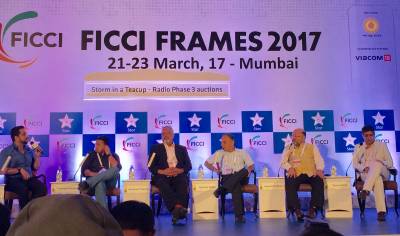
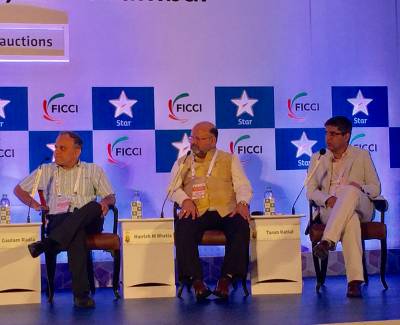

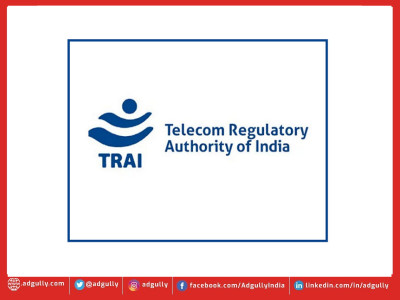
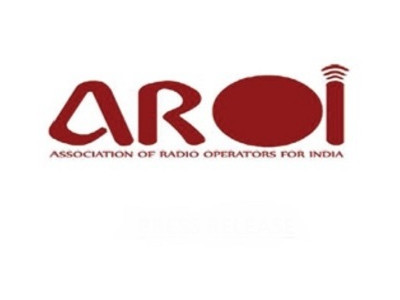


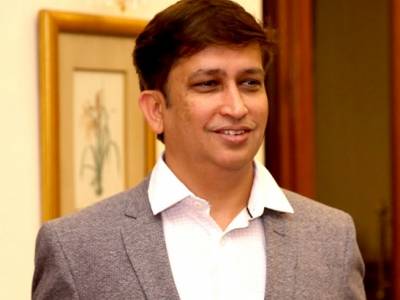
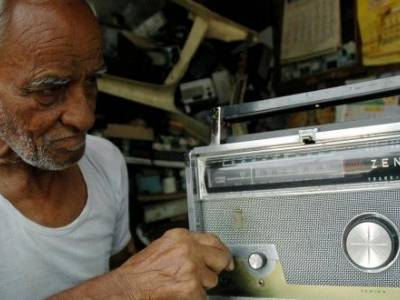
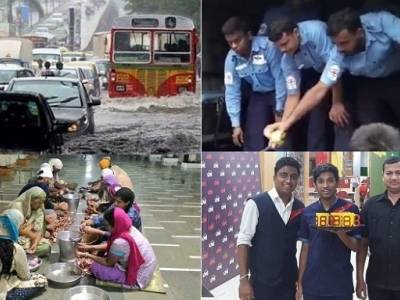
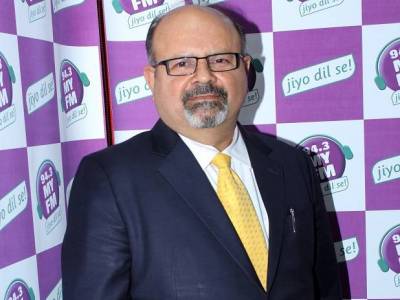
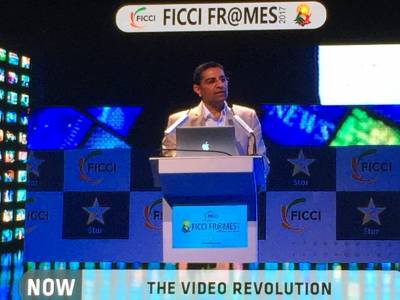
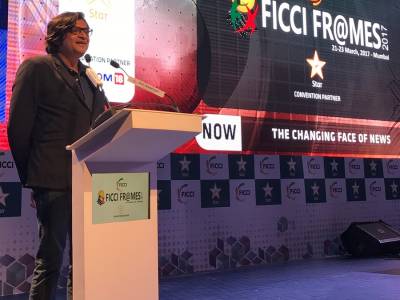
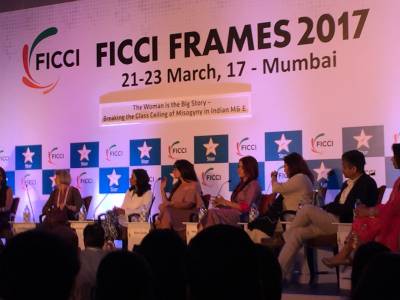

Share
Facebook
YouTube
Tweet
Twitter
LinkedIn